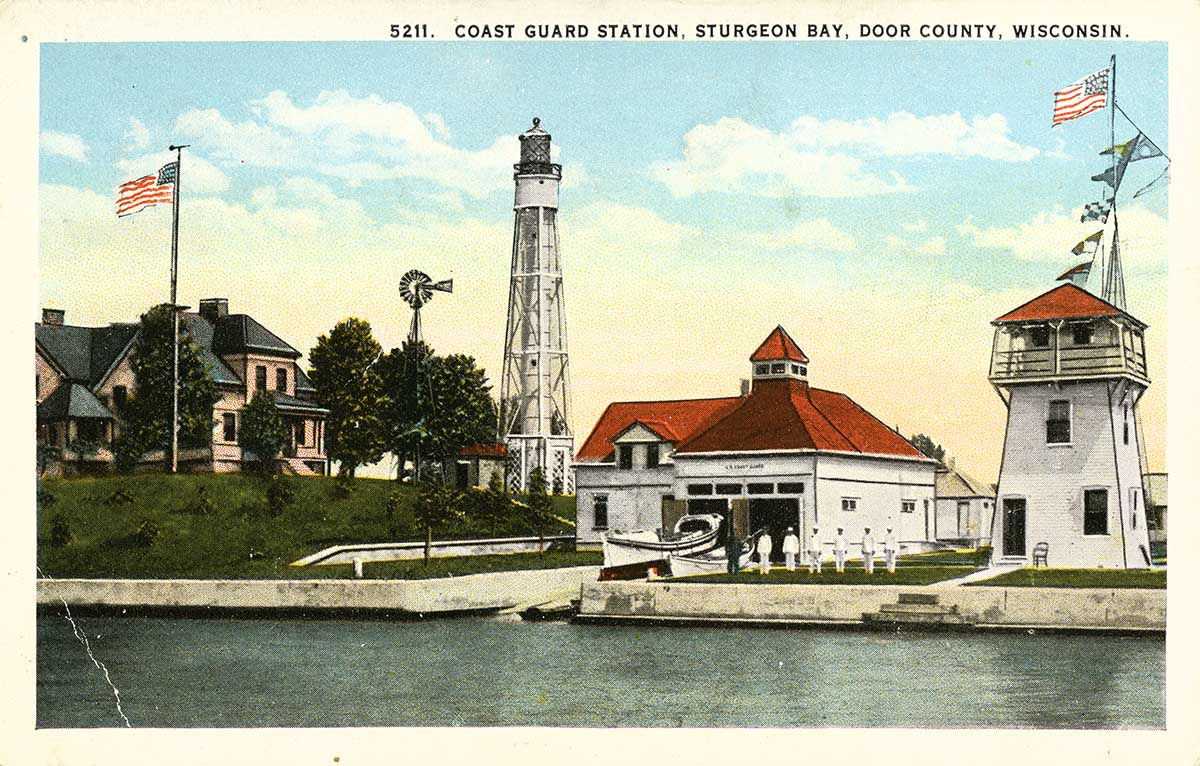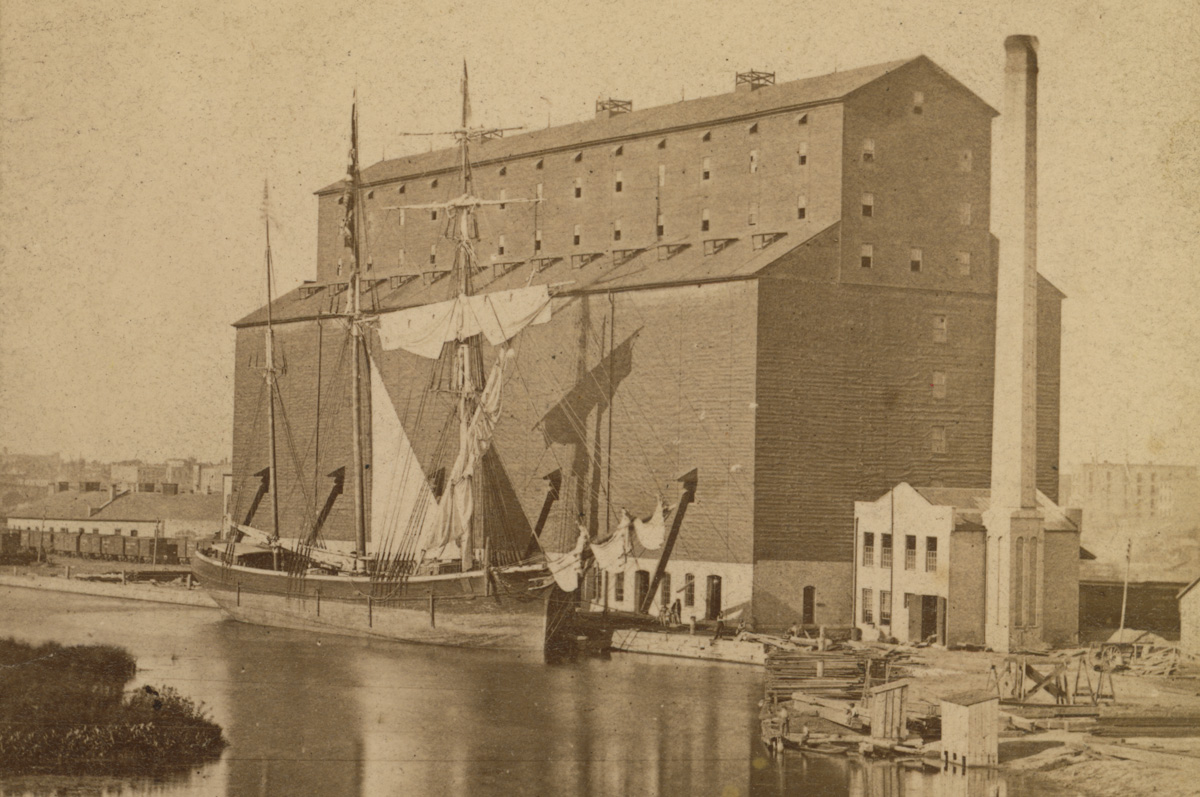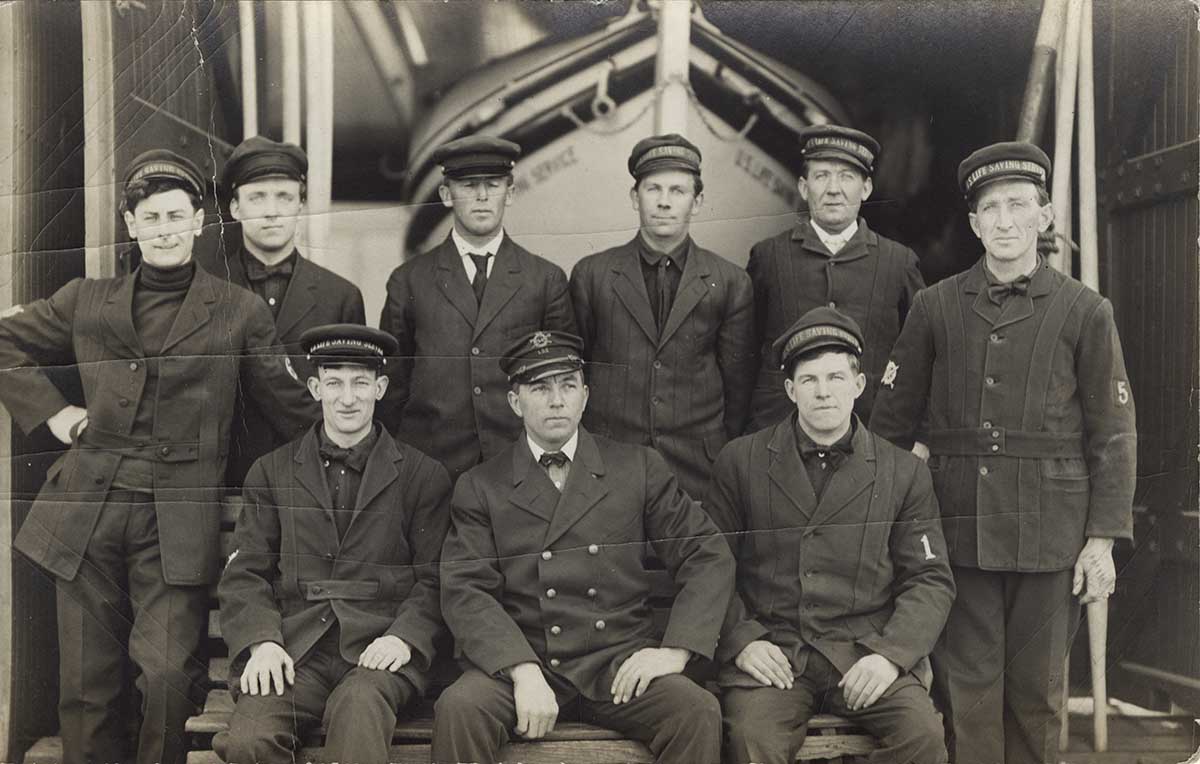OBJECT HISTORY: Lifesaving Medal
All along Wisconsin’s 820 miles of Great Lakes shoreline, storms could mean the difference between profit and financial ruin, survival and terrifying death. This lifesaving medal reminds us of the risks that sailors and Wisconsin’s maritime communities have routinely faced since the early 19th century, and it documents the personal bravery, dedication, and ingenuity of those who would rescue their fellows…



